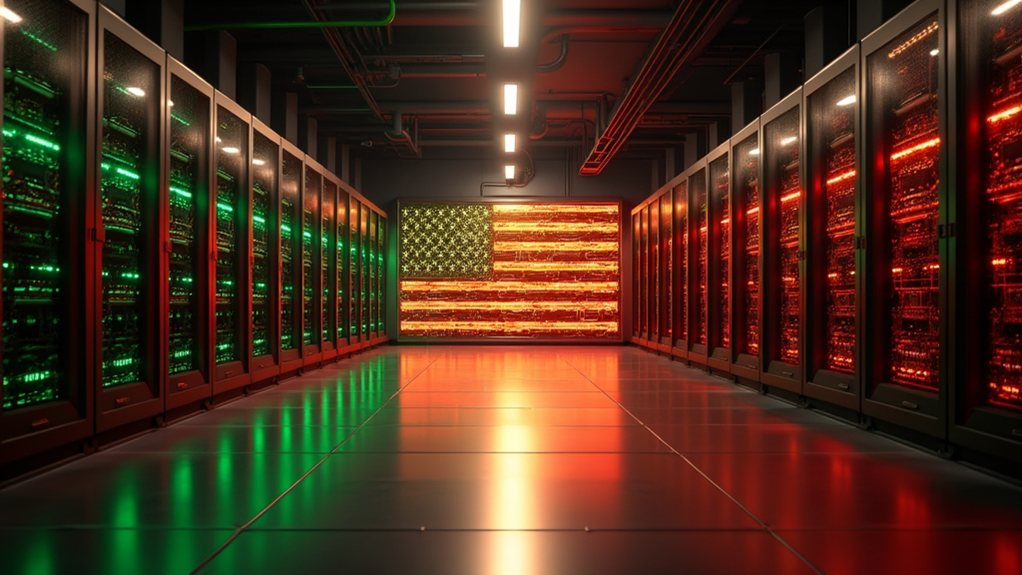As the global AI race intensifies, a growing number of nations are turning their backs on U.S.-developed artificial intelligence models. The reasons aren’t exactly mysterious. U.S. companies like OpenAI keep their models locked up tight—good luck getting a peek under the hood.
Meanwhile, China’s throwing open the doors to its AI tech. It’s not just about openness. The U.S. slaps export restrictions on everything from chips to software. Trying to get American AI if you’re on the naughty list? Forget about it. China saw an opportunity and pounced.
Money talks. U.S. models come with hefty price tags and strict usage terms. Want to modify something? Sorry, not allowed. Chinese open-source alternatives? Free to grab, tweak, and deploy. No wonder cash-strapped nations are making the switch. The absence of algorithmic transparency in U.S. models raises concerns about potential discrimination and bias in AI decision-making.
The AI economy speaks clearly: American innovation behind paywalls, Chinese alternatives free for the taking.
The American approach is predictably corporate-focused. Private companies call the shots while government plays cheerleader. China’s offering something different—models anyone can use, anywhere. They’re not doing this out of the goodness of their hearts, obviously. It’s strategy, pure and simple.
Chinese AI quality isn’t lagging anymore, either. Models like Alibaba’s Qwen and DeepSeek’s R1 rival U.S. offerings in performance. They work just fine without needing those fancy American chips the U.S. won’t sell. Many Chinese tech companies have stockpiled Nvidia GPUs before restrictions took effect, allowing continued development despite export controls. At the recent summit, US Vice-President Vance warned that excessive regulation could stifle innovation and prevent the economic benefits of AI development.
The governance debate isn’t helping America’s case. When everyone gathered to sign the Paris AI Declaration, the U.S. and UK were conspicuously absent. Too much regulation, they claimed. Meanwhile, Europe pushes for guardrails while China positions itself as the reasonable middle ground.
What’s really happening is a clever end-run around American tech dominance. Can’t get the chips? Create software that works without them. Can’t access closed models? Build open ones that anyone can use.
The result? A rapidly shifting landscape where America’s AI walls are looking less like protection and more like isolation. Nations want AI without strings attached. China’s happy to oblige.









